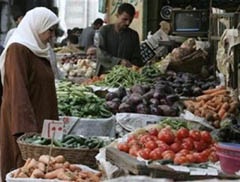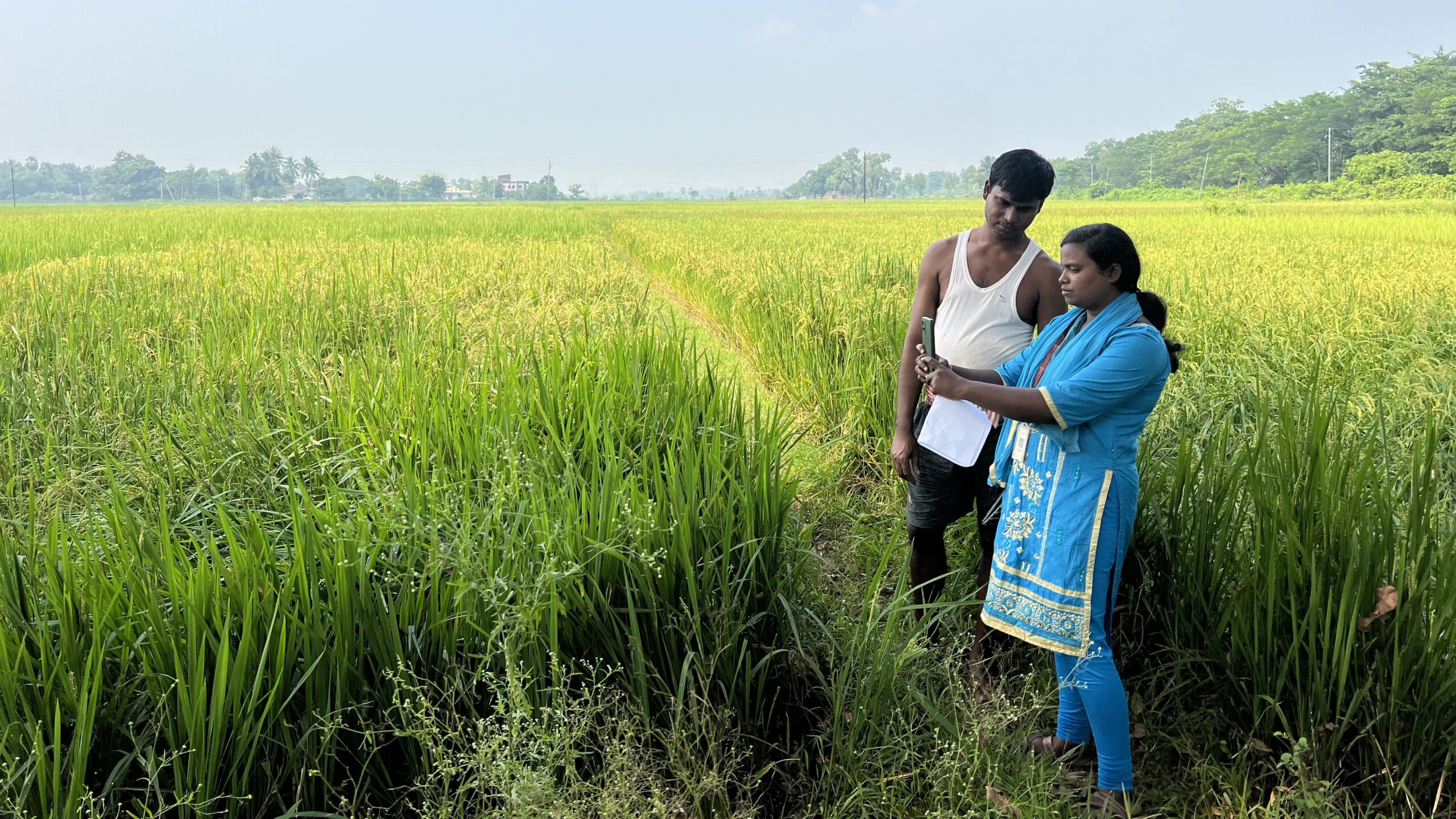The following story by IFPRI Director General Shenggen Fan was originally published on the Arab Spatial Food Security Blog.
The triple burden of malnutrition—the coexistence of food insecurity, undernutrition, and overweight and obesity—is a growing challenge in the Middle East and North Africa (MENA). As recent IFPRI research shows, food insecurity is the key driver of conflicts in the region. Tackling the triple burden of malnutrition is thus imperative to prevent and build resilience to conflicts, improve food security and nutrition, and promote overall economic development.
In contrast to other regions of the world, the number of undernourished people has increased in the MENA region from 16 million in 1990-92 to 33 million today. Micronutrient deficiencies are especially high in Iraq, Oman, Sudan, and Yemen where the prevalence of anemia among children is over 50 percent. Iodine deficiency is equally prevalent, affecting more than 60 percent of children in Algeria, Morocco, Turkey, and Sudan. Child stunting in Egypt, Iraq, Syria, Sudan, and Yemen are above regional average, ranging from 28 to 58 percent.
Overweight and obesity are also widespread in the region. As of 2013, the prevalence of overweight and obesity among men and women was above 50 percent in almost all countries in the MENA region.
The triple burden of malnutrition leads to large social and economic losses. Malnutrition has detrimental effects on human health—obesity, for example, increases the risks of diseases such as diabetes, high blood pressure, and heart disease. In 2013, over 350 thousand deathsin the MENA region were attributed to diabetes, more than half of which were individuals under the age of 50.
Productivity losses and direct healthcare costs caused by the triple burden of malnutrition also have adverse economywide effects. Countries in the MENA region spent close to 7 percent of total GDP on healthcare costs in 2009. In Egypt, child undernutrition alone reduces national GDP by about 2 percent or US$ 3.7 billion per year.
With high vulnerability to food insecurity and conflict, MENA countries should place as top priority the reform of inefficient policies and practices that add to the triple burden of malnutrition.
The reform of food and fuel subsidies, of which many countries in MENA maintain high levels, is critical. These subsidies are often poorly targeted, generate large and unsustainable fiscal costs, and distort markets—leading to inefficiencies in public spending. Egypt and Syria, for example, spend 20 percent of total public resources on food and fuel subsidies—more than two times spending on social protection programs and health combined.
Re-prioritization of limited resources towards high-return nutrition investments that increase availability of and access to nutritious foods is needed to increase efficiency and enhance food security and nutrition.
Also, the reform of inefficient subsidies offer savings that could be used to scale up well-targeted social safety nets. These are needed to protect poor people in the face of multiple livelihood shocks, especially in a region that is susceptible to conflict from food insecurity. Conditional cash transfers, vouchers, or in-kind transfers for food, health, and education are, for example, vital to assist the poor and vulnerable. Saved public resources could also be used to promote long-term agricultural growth focused on better nutrition outcomes.
As the most food import-dependent region in the world, the MENA region is highly vulnerable to food price shocks and volatility. During the 2007-08 food price crisis, many countries in the region implemented short-term measures, such as expanded consumer subsidies and policies to reduce food and energy prices. These responses are costly and inefficient for food security and nutrition and sustainable growth.
Long-term strategies to address food crises and enhance food security and nutrition should also include enhanced trade policies, establishment of a regional food reserve, and improved infrastructure and services.
Additionally, improved water efficiency will be critical for the MENA region as the most water-constrained region in the world. For countries with agricultural potential, investments in technologies that produce more with less should be accelerated. This is particularly important in the face of rising competition over water resources and climate change which are expected to deepen already high water stress.
Ultimately, building resilience to various shocks, enhancing food security and nutrition, and promoting inclusive growth in the MENA region will require a smart and context-specific mix of short- and long-term development strategies.
IFPRI continues to expand the evidence base required to develop and implement such strategies in the MENA region while also engaging in policy dialogues. The Institute, however, does not do this alone—strengthened partnerships with various stakeholders have played and continue to play a vital role.







